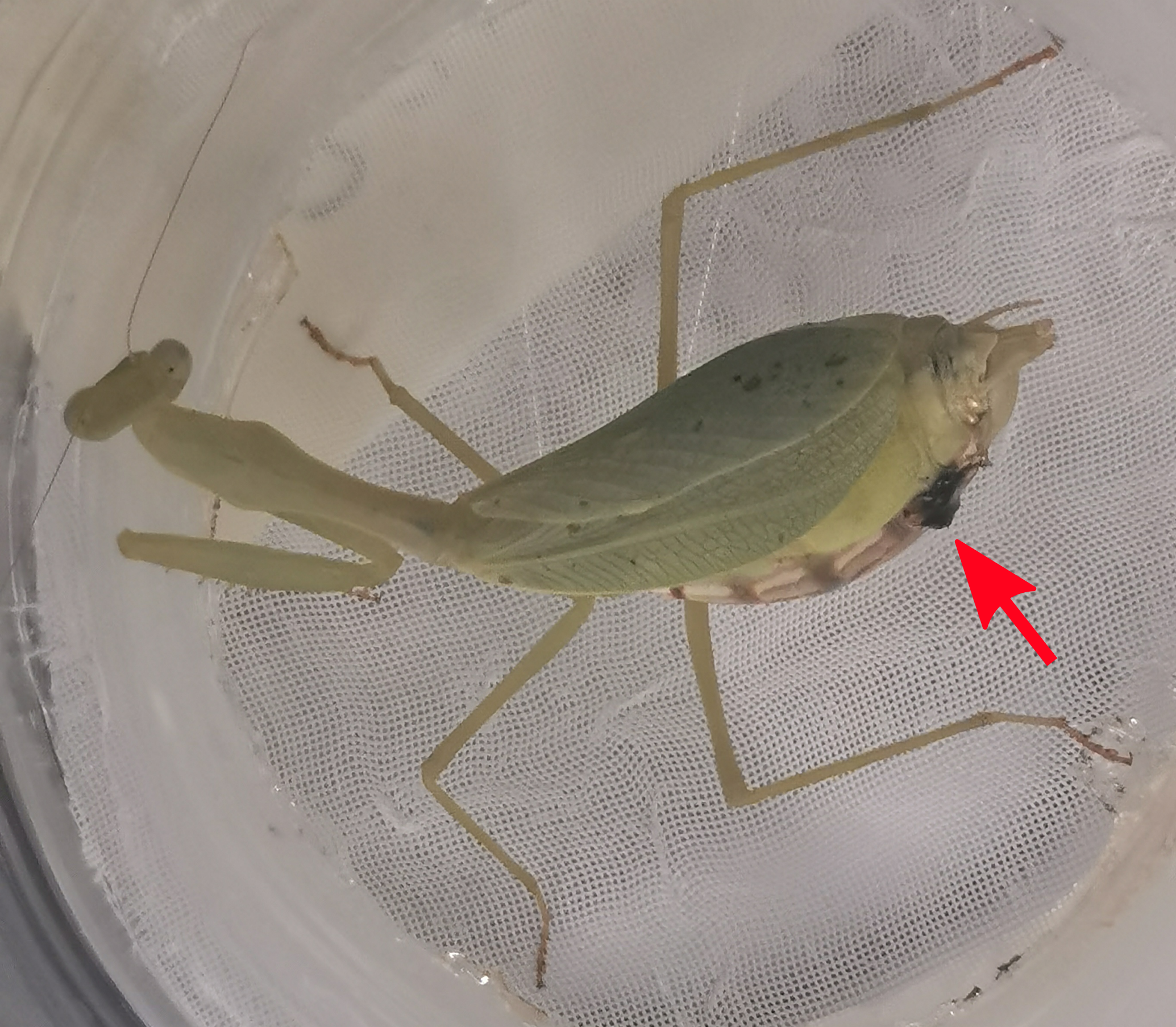Media release
From:
Male coercion and female injury in a sexually cannibalistic mantis
Sexual cannibalism is the notorious tendency of females to eat their mates before, during or after mating. Males typically respond to the threat of cannibalism by approaching aggressive females carefully and cautiously. Rarely do males avoid cannibalism by coercing or intimidating females to mate. Here, we report the first evidence of coercive mating behaviour in a cannibalistic mantis. We show that males of the Springbok mantis, Miomantis caffra, defend themselves against cannibalism and greatly increase their likelihood of mating by engaging in violent wrestling bouts with females, sometimes wounding them in the process.



 Australia; New Zealand; NSW
Australia; New Zealand; NSW



